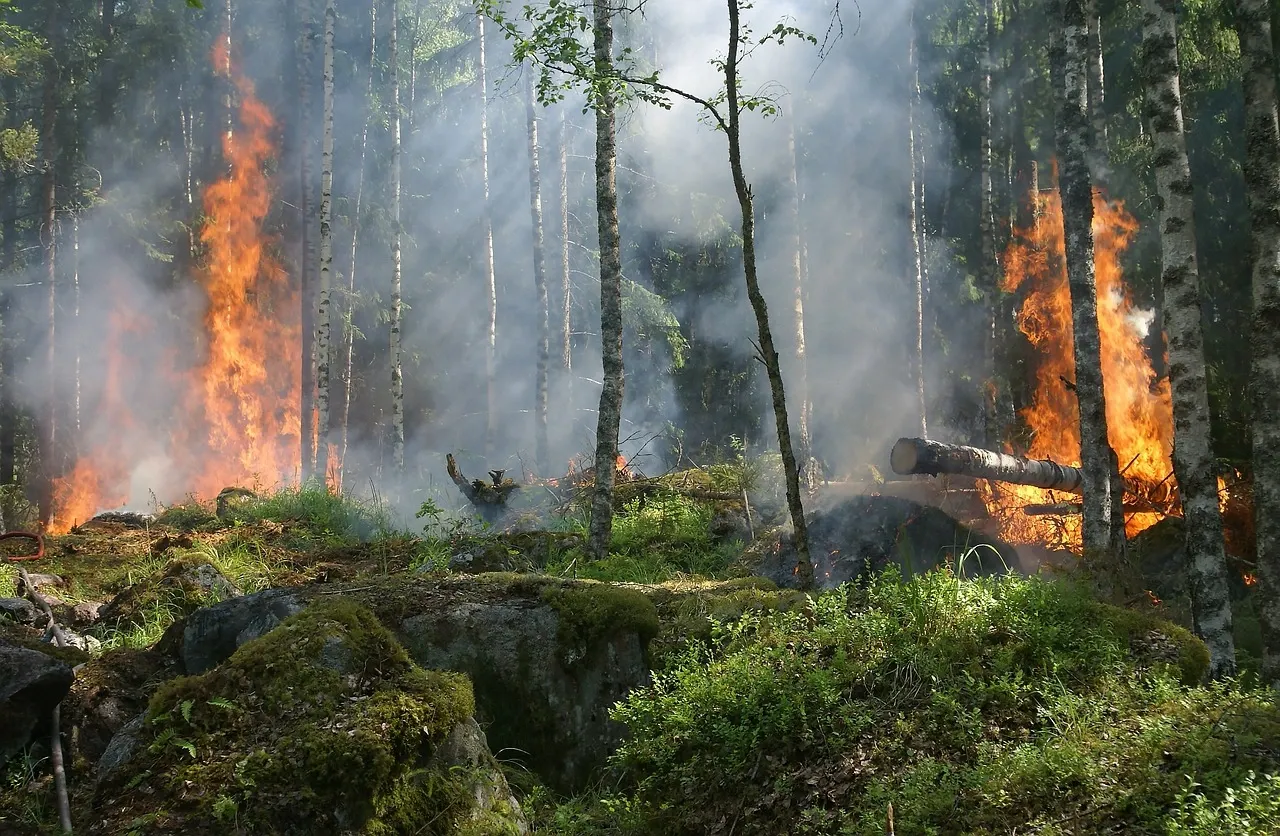Air pollution from biomass combustion give higher cancer potential

In a new study from the Institute of Environmental Medicine (IMM), an alternative method for assessing the cancer potency of air pollution is presented, focusing on mixtures of organic pollutants in particles.

By measuring the activation of DNA damage signaling in cells exposed to air samples, the researchers applied two modeling approaches to estimate their carcinogenic potential. The results showed that samples from areas mainly affected by particles from biomass combustion had higher cancer potential than samples from more urban environments.
The research contributes to improved risk assessment by shifting from analyzing individual pollutants to whole mixtures, which can help establish safe exposure limits.
Kristian Dreij, Associate Professor at IMM, explains:
- We have previously shown that activation of DNA damage signaling is a sensitive in vitro marker that can be used to quantify the cancer potency of air pollution and other complex mixtures. In this study, we were able to apply the method to collected air samples from Sweden, Brazil, and Japan, representing different types of emission sources. We are now also studying the genotoxic mechanisms to see if we can explain why some samples are more potent than others.
The study has been funded by Formas.
Publication
Application of an in vitro new approach methodology to determine relative cancer potency factors of air pollutants based on whole mixtures.
de Oliveira Galvão MF, Scaramboni C, Ünlü Endirlik B, Vieira Silva A, Öberg M, Pozza SA, Watanabe T, de Oliveira Rodrigues PC, de Castro Vasconcellos P, Sadiktsis I, Dreij K
Environ Int 2024 Aug;190():108942
